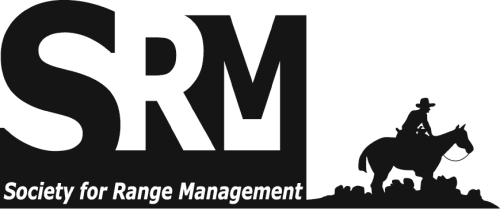Extending south to a latitude of slightly below 36 degrees North, the Sangre de Cristo Mountains of northern New Mexico is the extreme southern extent of White-tailed Ptarmigan (Lagopus leucura) distribution. Little is known about the historical distribution within the state or what factors may limit their distribution or abundance. Since 2007, we have conducted surveys of alpine habitat to identify occupied range in New Mexico, and to determine factors important for the persistence of the species within the state. The Sangre de Cristo Mountains in New Mexico contain approximately 70 square kilometers of alpine habitat above 12,000 feet (3658 meters); however, 98% of all ptarmigan sign (feathers, feces, or sightings) were found above 12,300 feet (3750 meters), even though only 35% of the alpine is above that elevation. Based on our surveys, we estimate that approximately 15 to 20 square kilometers are occupied by ptarmigan, at least seasonally. However, some seemingly suitable peaks and ridges at or above 12,500 feet (3810 meters), especially along the western edge of the range, that are either known or assumed to have been occupied historically are currently unoccupied. These high elevation areas along the western edge are typically warmer and drier than areas of similar elevation further east. At this southern latitude, we theorize that elevation (above 3750 meters), the presence of willow thickets, and the presence of thermal refugia (boulder fields and rifts) are all necessary for ptarmigan occupancy. We compared summer temperatures on the surface and within likely thermal refugia locations between unoccupied and occupied mountains, and suggest that elevation, the presence or absence of refugia, and location all contribute to suitability of a particular peak or ridge. We will summarize the present status of White-tailed Ptarmigan in New Mexico and results of our thermal research, and will discuss possible limiting factors affecting the sustainability of White-tailed Ptarmigan in New Mexico, especially the possible threats related to climate change and the importance of thermal refugia.

Oral presentation and poster titles, abstracts, and authors from the Society for Range Management (SRM) Annual Meetings and Tradeshows, from 2013 forward.